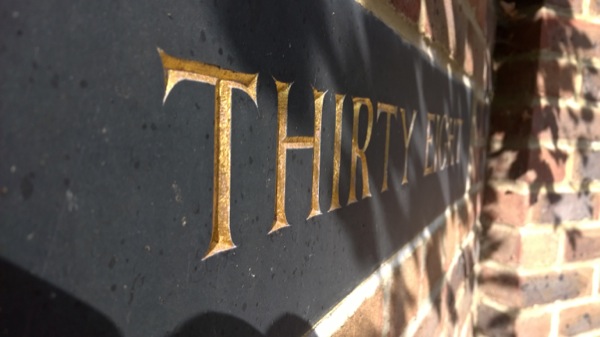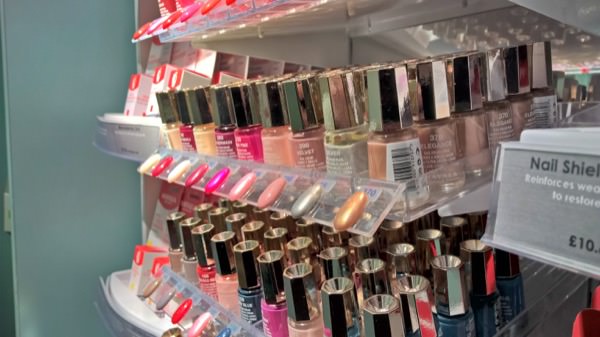Review: 2015 update: Nokia Lumia 930 with Lumia Denim
Score:
81%
Back in July last year - so about eight months ago, I reviewed the Lumia 930, fresh out of the box, with a few glitches, with Lumia Cyan and in - ahem - bright orange. Quite a bit has changed since that time, both on the device and in the industry as a whole. Plus it's a whole lot cheaper. With all that in mind, using a few bits from the original review where appropriate plus 80% that's brand new, I wanted to re-review the Lumia 930 in March 2015. Yes, it's not perhaps the flagship that Windows Phone needs as a 'hero' device, but it's currently incredible value at just over £300 SIM-free in the UK (for example), around £150 less than when it launched.

General hardware
The Lumia 930 is, it has to be said, almost the perfect form factor for a smartphone. As evidenced by it being almost identical dimensions to the likes of the best-selling Galaxy S5. With the 5" screen and a 16:9 aspect ratio screen, with minimal bezels, we have the maximum display real estate in a phone form factor that can be safely* held by people with average sized hands.
* held in one hand, the thumb and middle finger can wrap around to meet [my definition!]
In fact, the Windows Phone 8.1 Update 1 (Lumia Denim)-running 930 is thicker than most of the Android competition, but only because the Qi wireless charging coils are built-in - Nokia/Microsoft really believes in this technology - and so do I. Add the Qi wireless charging back on a Galaxy S4 or S5 and you get a roughly similar thickness overall. And yes, Qi is built into the new thinner Galaxy S6, but only by reducing the capacity of the battery in relative terms.
Combining perhaps the best parts of the Lumia 920 and 925 designs (the integral Qi charging, and metal frame/AMOLED-CBD screen, respectively), the 930 looks and feels like a winner. At first glance, this is the hardware that Windows Phone was born for, even if the mid-range Lumia 830 has since stolen some of this thunder, albeit with spec compromises inside. Strong praise, though see the cautions in the text here and see also the section on Display/Glance (or rather the lack of it) below.
The aluminium frame is beautifully contoured and, despite the apparent right angles, is still comfortable to hold. The screen is polished, oleophobic, and 'convex' in that the edges of the glass are beautifully curved down to meet the frame on every edge and at the corners.

On the back a 'pillow'-shaped soft-touch plastic back also curves in to join the aluminium. This isn't supposed to be user removeable, but as I found out recently, can be swapped for one of different colour if you're careful and persistent(!) This back is perhaps one weak point of the whole design, in that the 'poppable' back is tensioned such that there's a very slight gap between it and the components (battery, charging contacts, antennae and more) below. If you're picky, the fact that the back makes a slight creaking sound when pressed just below the camera might be worrying, though it's absolutely not an issue in regular use - I just think that if the back's going to pop off so relatively easy anyway then a nice pay-off for doing so might be to change the battery if needed. In practice, the battery is sealed in securely and would require major engineering work to remove.
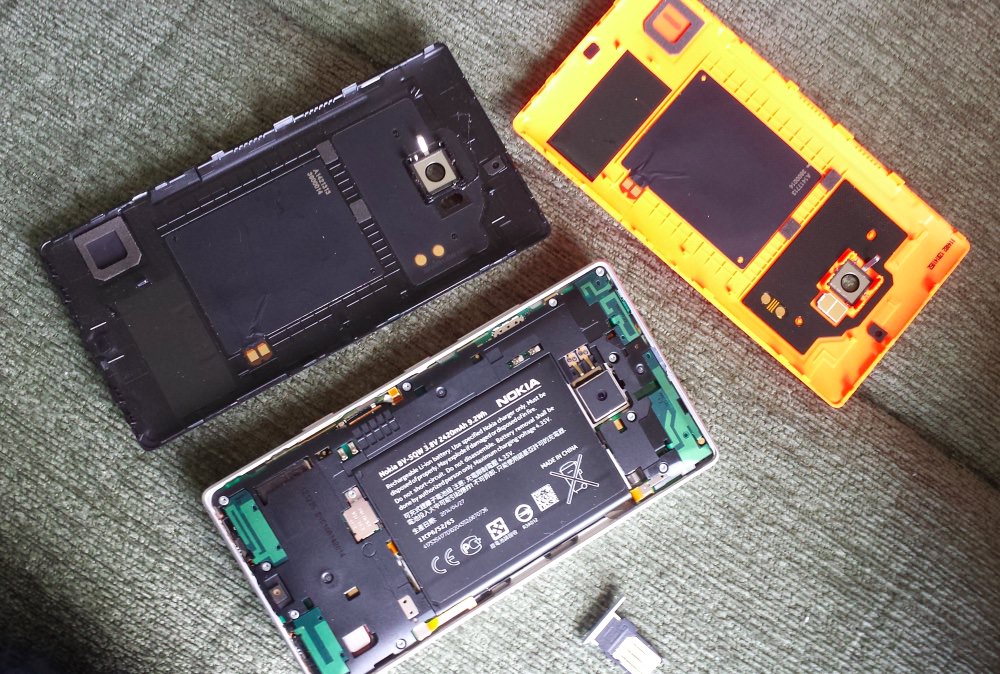
The side control buttons are worthy of comment, being very sharply machined, with the camera shutter button in particular protruding perhaps a little more than it should. Personally, I loved the buttons and found them very easy to find, sight unseen, but my wife thought them over-sharp and that the camera one was 'uncomfortable'.
The frame itself forms part of the aerial system, it seems, iPhone 4/5-style, complete with insulating separator bands, and reception and transmission have been no problem here.


Display
The display is very good, at over 440 PPI, though it's important to note that it's 'pentile', i.e. you only get full resolution on green sub-pixels. As a result, I used 'very good' just now, rather than 'stunning' - as on the true RGB (LCD) Lumia 1520 screen. However, there are the usual gorgeous AMOLED colours and it's easy to forgive the use of pentile tech (which saves power and also leads to longer display life on AMOLED screens - though they do fade eventually) on a 1080p 5" screen.
You can get an idea of the resolution from this close-up of the 930's display:

Yes, Windows Phone may have been designed to look good on lower screen resolutions (square tiles, etc. on WVGA) but when viewing high quality images or videos, or browsing full web sites, it's hard not to be impressed at the clarity here. And unlike on the recent, disappointing Lumia 630, Nokia's designation here of 'ClearBlack Display' (CBD) is the real deal and not some bastardisation, thankfully - ditto the newer Lumia 830 and 735, of course - the 930's not totally alone here. As a result of CBD, Out in the sun, the Lumia 930 is just as visible as the also excellent Lumia 920 (on the left, below):
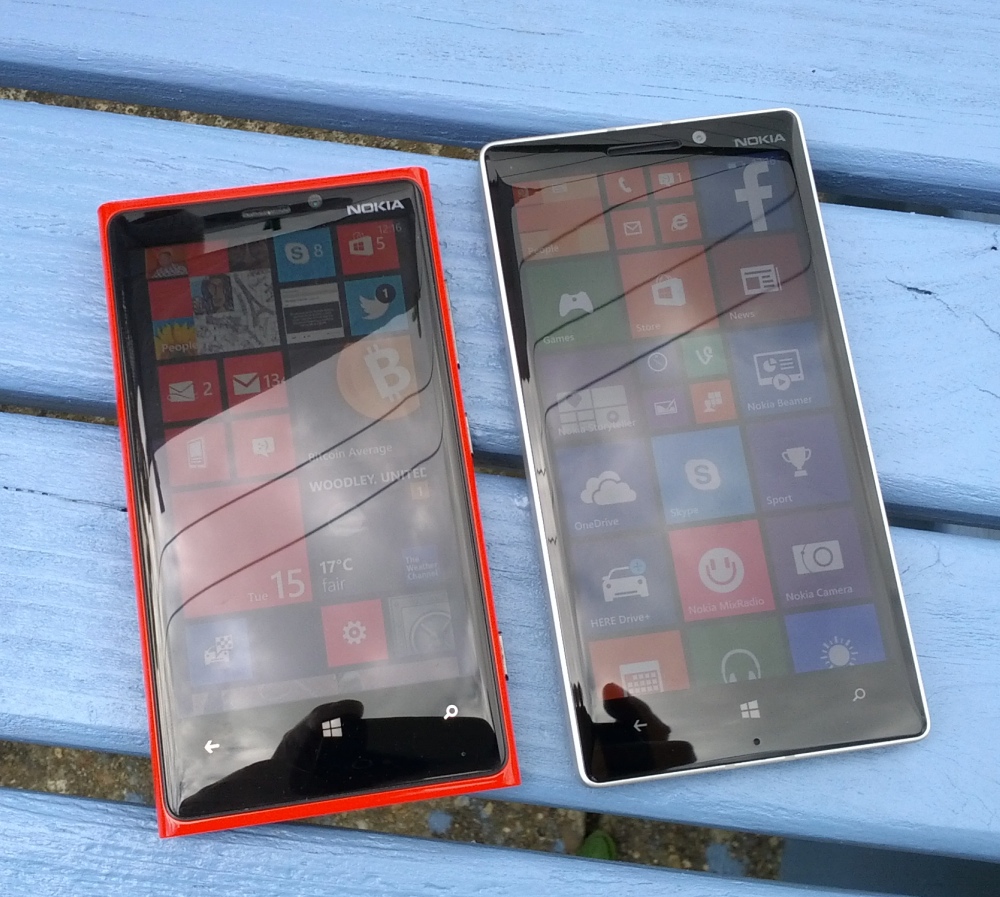
One curiosity is that Nokia Glance isn't included here. While I'd previously thought that this was a function of screen technology (i.e. AMOLED) and software, Nokia proved me wrong by adding Glance to the LCD-screened Lumia 920, 830 and 1520 and then failing to add it to this AMOLED-screened Lumia 930. The official explanation is the 930 lacks 'display memory', dedicated chips that keep certain display patterns active even when the screen's in a low power state. It's probable that Nokia simply had a problem finding suppliers for a 5" AMOLED 1080p screen with this technology at a sensible price and so opted for a cheaper 'no display memory' variant.
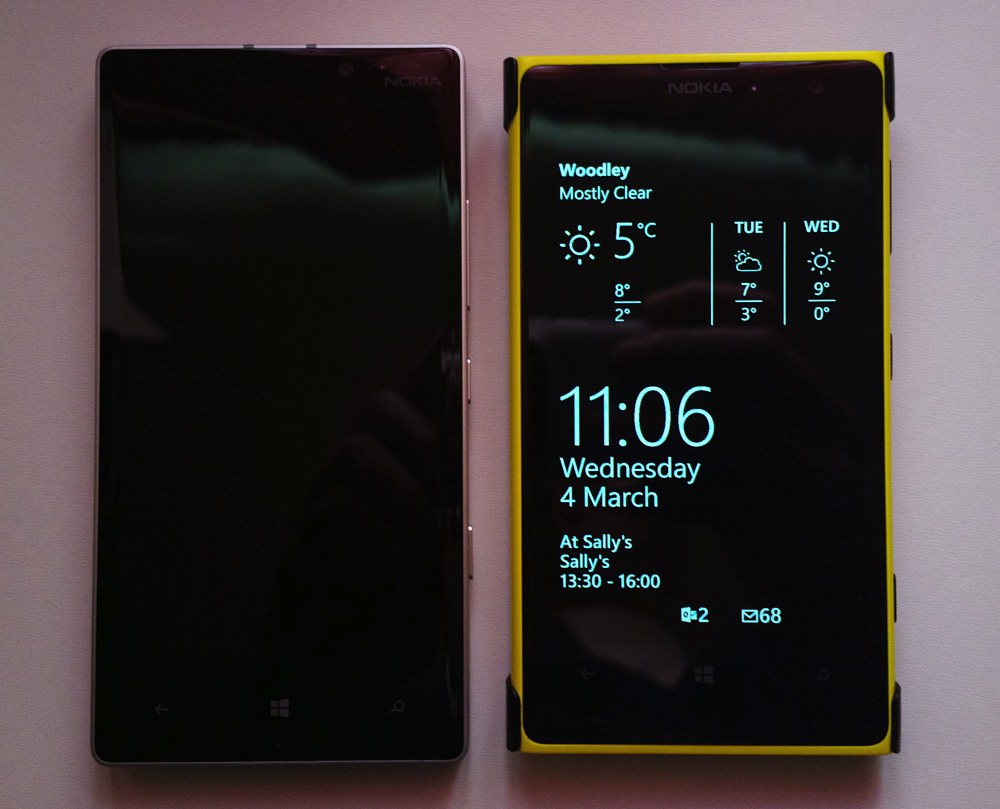
The omission of Glance (shown above right on the 1020) is annoying, but in fairness it's not the end of the world to reach over and double-tap the display (or press the power button) to show the full colour, much richer lockscreen, complete with everything you'd get from Glance and quite a bit more besides. Plus you can interact with voice directly, as I'll come to in a moment.
Multimedia
The 1080p display is stunning when streaming 1080p video content (e.g. from YouTube or Netflix), as you'd expect - AMOLED was made for video, it seems, with blacks remaining perfectly black and colours screaming off the screen. As usual, Nokia gets the auto-brightness calibration just right for its smartphones, and I never felt the need to keep popping back into Settings to manually override.
The single speaker on the 930's back outputs through a small aperture, but it's well positioned in the grand scheme of things and, as a right hander, at least, there was no danger of blocking this when using the 930 in portrait mode. In landscape mode, when gaming and your fingers are more splayed out, it's possible to block this hole, but your fingers immediately feel the depression and the vibration, if sound is playing, so it's trivial to just move very slightly, to clear the speaker again.
In theory, putting the 930 down on a soft surface should muffle or mute the speaker, but the grille is very slightly on a curve in the back and on most carpets and, of course, hard surfaces, volume is fine. Putting the 930 back-down on a duvet muffles things a lot, of course, but in general speaker positioning wasn't an issue.
Volume is loud and similar to that on the 1520 - given the chipset similarities, it's probable that the same speaker component was used. By the standards of the likes of the HTC One M7/M8/M9, the quality is average, and mono, but in the grand pantheon of phone speakers, I'd still rate this one among the best Nokia produced and well ahead of the market average.

Imaging
Effectively, we're looking at exactly the same camera module as in the 1520, whose imaging I explored here. It's arguably superior to those in the likes of the Galaxy S5, Xperia Z3 and iPhone 6, thanks to the unique 'reframing' feature (though Sony tries to imitate the lossless zoom element in the Z2/Z3, of course), and I put a number of smartphones through a 5-way camera test here, in which the Lumia 930 with the Denim software update and Lumia Camera 5 managed to get within striking distance of the Lumia 1020.
The changes in image processing for Lumia Camera 5 were somewhat controversial and I explored these here. Suffice it to say that the old Lumia Camera Classic, with the older algorithms, is also available and can be installed in parallel, so if you're after more 'natural' processing then classic 'PureView' is still available. If you do opt for using the new Lumia Camera 5 and experimenting with 'Rich Capture', then note that there are some major storage compromises involved.
Overall clarity in low light conditions, when wanting to zoom further, or when shooting moving subjects indoors and in low light, aren't as good as on Nokia's older Lumia 1020, of course. But then the latter is now nearing end of (sales) life, is based on an older chipset that isn't rated highly enough for new features like 'Living Images', let alone 'Rich Capture'.
Some sample photos from the Lumia 930, at first with Lumia Camera Classic and then with Lumia Camera 5 - click any to download or enlarge to full 5MP size:
The 930's grasp of exposure and colour is excellent, as you'd expect from Nokia...
Superb colours and detail....
Detail and artily limited depth of field...
Seeing how close I can focus without using the PureView zoom - pretty darned close. Maximum bokeh!
The same suburban scene, as-is...
...and then using the 2x lossless zoom - pretty impressive.
And from here on in, examples using Lumia Camera 5, which came along for the ride with Lumia Denim, offering higher contrast and more saturated colours, along with Rich Capture, effectively customisable HDR after-the-fact.
By default, the Rich Capture system defaults to a sensible mix of natural and HDR effects, these shots have come out very well.
Even with a moving subject, as here, in good outdoor light you'll get away with Rich Capture because the two photos are taken with the electronic shutter very close indeed...
This works indoors, too, here on a chemist display, but also with LED flash indoors, as long as your subject stays still!
As you crank up the Rich Capture HDR, shots do start to get slightly over done, but pleasantly so for many subjects. Here, my dad's coat isn't really that blue, but who cares - it's a great snap.
Then, as you crank the Rich Capture slider right up, dramatic effects can be achieved, cinematic even, though not really representing reality. It all depends what you're going for!
Ditto here, where I've gone a little overboard with the Rich Capture HDR, but again it's a colourful image - and it's a novelty being able to do true HDR on a Windows Phone for the first time(!)
The workflow of launching Lumia Camera 5 (very fast) from the shutter button, then long pressing again to start a burst of 4K video capture, or snapping conventionally either in standard or Rich Capture mode, all works well enough. The extraction of 8MP stills from 4K bursts is very intuitive (in the Lumia Moments app that gets spawned) and quality is better than I'd have expected.
One glitch in the overall experience is that the Windows Phone 8.1 Photos application, baked into the core OS, is getting outdated, and doesn't know anything about the Lumia Camera 5 Rich capture facility - instead, it just shows the default image mix with only the usual editing options in Lumia Creative Studio (albeit including reframing). In contrast, Lumia Storyteller (very close in concept to the upcoming Photos universal application for Windows 10) knows about Rich Capture and offers editing of this aspect directly. Confusing for new users going back to older Rich Captured photos and trying to do further adjustments.


In Photos and Lumia Storyteller, the latter has full integration with Lumia Camera 5's feature set....
If the PureView oversampling/Rich Capture/reframing workflow all seems complicated to you then... it is, rather. I've tried to explain it in this feature and, after all, Lumia Camera 5 is trying to achieve something rather ambitious - and on the whole pulls it off. 'Living Images' are still supported, by the way, just to complicate things further - I've covered the technology and files used here.
Video capture is terrific on the Lumia 930, with 3x zoom while capturing and a variety of focussing options. OIS works better here than on the higher specced ('ball bearing') Lumia 1020, in my opinion, mainly because the lens stack is smaller and faster to manipulate. Audio capture is a star too, with four external microphones, each HAAC and Rich Recording-rated, with optional Dolby Digital 5.1 capture and encoding. Interestingly, the current version of Lumia Camera 5 doesn't include the 'Directional' capture (emphasising the forward facing mikes) from Lumia Camera Classic, but as with stills, the older application is still available and usable in parallel.
Although my own video footage is rather tame, here's something more exciting - you'll probably hate the genre, but here's the ultimate in rock gig level volume and movement - shot for YouTube on several Lumia 930s, including all audio, and edited together:
Unbelievable, really, to get this sort of quality on a phone camera/camcorder, the Lumia 930 really shines in terms of video. Although the default is shooting at 1080p, you can of course capture video at the full 4K all the time, just be aware of how large the files get (half an hour of such video would fill an empty 930!)
Storage
The decision not to have a microSD slot in the Lumia 930 is odd, set against other recent devices which can all be expanded (e.g. 630, 735, 830, 1520), but there are clearly space challenges in the 930, to fit everything in. And remember that the Lumia 920 and the 1020 after it, both had 'just' the sealed 32GB disk and were both usable with care by a power user.
So I'd love microSD but I can get by without - at a pinch. After all, modern streaming audio and video solutions (YouTube/Netflix etc.) mean there's comparatively less need to sideload media in the first place. So it just comes down to how much captured media you need to cope with, i.e. photos and video. Microsoft makes a big thing of OneDrive being tightly integrated and indeed it is, great for documents and photos and so on, but clogging up both OneDrive and your bandwidth with 1080p and 4K videos chugging up and down the virtual wires aren't good ideas in the grand scheme of things.
Ideally, Nokia would have made a 64GB version of the 930 - as they did for some operators with the Lumia 1020, but it's too late now of course.
Windows Phone 8.1 Update 1 and Denim
There's no point in going over what's in Denim and 'Update 1' all over again, almost everyone reading this will have had it installed by now (if not, see here for a quick overview). The highlights for the Lumia 930 are the camera extras, covered above, plus the official arrival of Cortana in many regions. Cortana works really well on the whole, I prefer it to Apple's Siri and Google's 'Now'/Search.
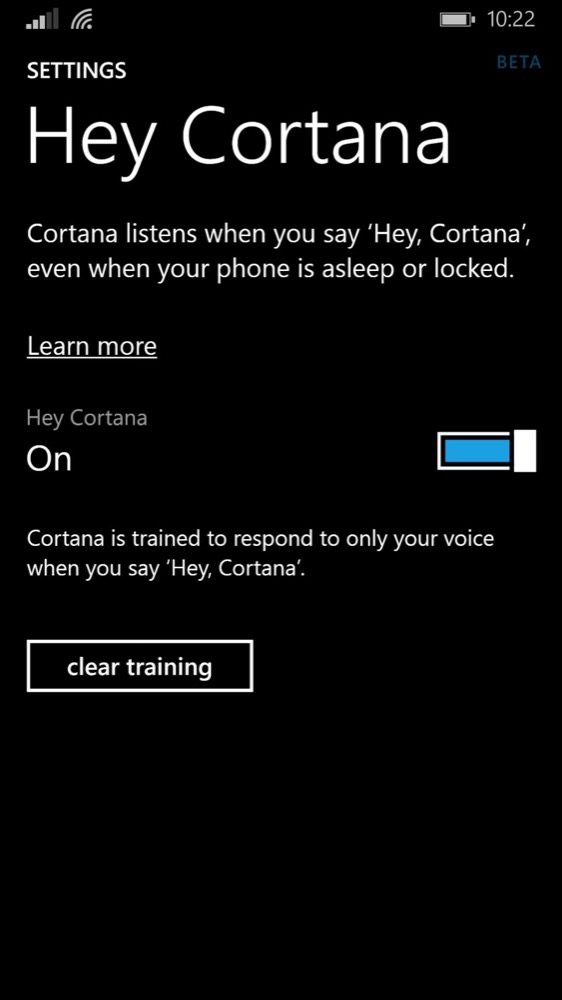
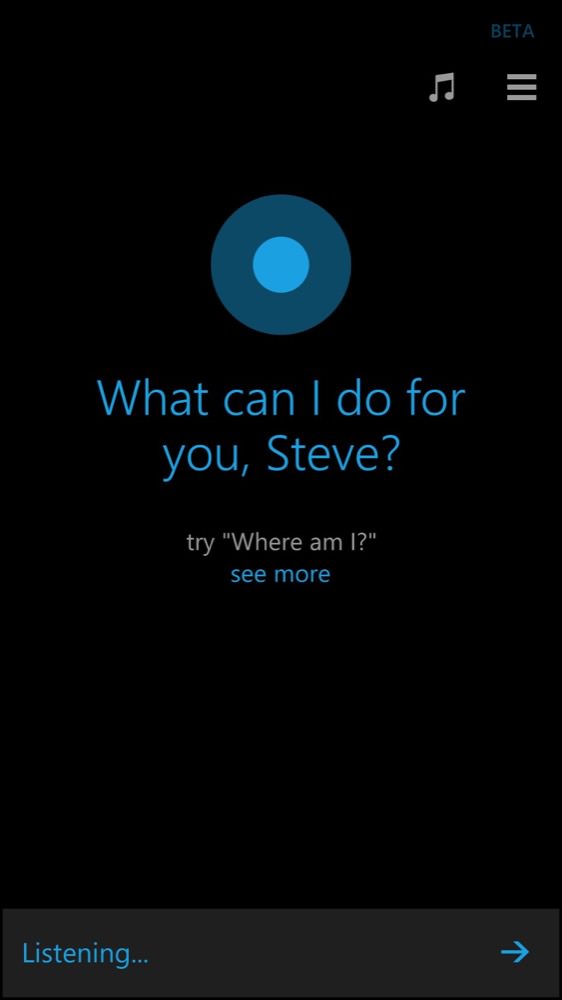
Enabling and trying out the 'Hey Cortana' feature - it worked.... some of the time. With only a 50% success rate in my experience, I ended up turning it off though, and hopefully saving a little more battery life!
The extra chipset features in the Snapdragon 800 on the 930 mean that 'Hey Cortana' is now enabled too. Saying the phrase when the 930's screen is off and the device lying dormant wakes the smartphone and starts listening for your query or instructions and works as advertised... half of the time. Needless to say, it's often when in company with less than ideal audio background that the system fails, causing much merriment from friends as the tech 'fails'!
Also slightly erratic in current firmware is the way portrait and landscape modes are detected, in terms of being able to quick launch the camera from the shutter key. In practice, the phone has to have been in landscape mode for several seconds (and the gyros caught up) before the long press action can work properly. I'm sure this is something that can be improved in software though.
The biggest unique selling point in shops, other than Nokia hardware (for the most part), is the Start screen, to be honest. Within applications, there's varying degrees of support for the original 'Metro' panoramas, and while this often works well, it's the customisability and live tile concept which really sets Windows Phone apart from a modern Android 4.4/5.0 or iOS 8 smartphone. Almost everything else has equivalents on other platforms - even the lockscreen info system, which Android is now getting close to.


The Start screen, here with me experimenting with two Twitter client live tiles! It all gives a good idea of the flexibility and customisability though; (right) the Action Center notifications pane never seems quite as slick as on other platforms but is largely equivalent.
We've covered the flexibility and usefulness of the Windows Phone 8.1 Start screen before, of course, pointing out what's been improved over the appearance and behaviour of older Windows Phone 8.0 devices. Of special note is that, as with the Lumia 830 (etc.) the Lumia 930 comes with a 'triple-wide' set of tile columns out of the box - in fact, there's no way to go to 'double-wide', which is irritating for those with less than perfect eyesight.
Of course, apart from Cortana and the camera functions, there are other selling points for Windows Phone that are shown off well here - the WordFlow keyboard is superb and arguably faster and more reliable than competing solutions (e.g. SwiftKey) on other platforms, the HERE Drive system with offline maps is still the best all-round phone-based sat-nav in my opinion, though of course this is now on Android as well (if users seek it out in the Play Store), so it's not a totally unique selling point anymore. The Office, OneNote and OneDrive integration are top-notch, though Microsoft is now rolling out the same applications for other platforms. There's erosion of any real differentiation between mobile platforms, however you look at it.
The biggest single attraction in terms of general software and OS is probably the upwards compatibility to fully fledged Windows 10 (for phones) later in the year, along with the touch versions of full Office and Outlook, and so on. Being part of the wider world of Windows 10 everywhere could very well be a big selling point.
Ecosystem
It's hard to criticise the Lumia 930 and Windows Phone too much here, since (nearly) everything that's provided, within Microsoft's ecosystem, holds together well. However, with Windows Phone not being the dominant mobile platform, it's a fair bet that data and services from other ecosystems may be needed at some point - and the breakdown between Google and Microsoft in terms of Windows Phone support has been much documented over the last few years. It's simply astonishing that there's no first party YouTube client for Windows Phone in 2015 (though plenty of third party clients). And frustrating that there's no full Google+ client at all, this time not even through third parties. And so on. If Microsoft were in the driving seat, would it be so readily writing Office, One Note and OneDrive clients for a hypothetical fledgling Android OS? Probably not, so you can see Google's point here. But as a user it's... frustrating.
Then there are all the banking and other niche, service-centric applications which are still not available for Windows Phone - the hope is that this gap will finally be closed when Windows 10 for desktops rolls out in a few months, wherein 'universal' applications can be applied to the phones as well. But that requires more patience, of course.
It's also worth noting that games in particular are particularly badly served on Windows Phone, especially for a 1080p screened device like the Lumia 930 - leaving aside that the choice of really top titles is very limited, even those that are available often don't work properly on the Lumia 930 - e.g. Real Racing 2, which is unusable. I'm sure the processor and GPU are up to the task, it's simply lack of attention by the developers (and of course other platforms have been on Real racing 3 for well over a year).
Battery life
With a 2420mAh battery sealed inside, you'd expect reasonable longevity, and indeed you do get through a day without too much drama if you're sensible. But, as mentioned many times here on AAWP, a lot depends on how much you use applications with predominantly white themes - think Internet Explorer, OneDrive, and so on. The AMOLED screen really sucks up power in such conditions, especially at 1080p here. A lot also depends on your connectivity situation in terms of reception, and on how much you use the power-hungry camera.
Plus I have to give a shout out to the way power gets eventually output as heat - in a particular spot, where the processor is situated, down near the phone's bottom. When playing an intensive game, this can get quite uncomfortable, though it hasn't ever caused any functional problems.
Many other reviews have sniffily referred to the Lumia 930's design as far superior to "Samsung plastic designs where the back comes off" (ironic in the light of this week's announcement of the sealed S6!), yet the 'replaceable' design does have the huge advantage that you can swap out the battery if you're really stuck for charge on a heavy day out. The pros and cons of sealed vs removeable batteries are explored in detail here.

Verdict
In terms of performance and capabilities, the Lumia 930 is still quite competitive, even in March 2015, especially at just over £300, where it's competing with older Samsung and HTC flagships or today's Android mid-rangers. And still, for smartphone newcomers and Windows Phone fans, provides just about the best all-round experience that the platform's ever seen (leaving aside the Glance oddity) in a true phone form factor and with an astoundingly good camera/camcorder set-up. However, the lack of Google services, the lack of a few core third party applications, and the lack of great games generally, all remain an issue for the platform, in terms of attracting people from competing, older phones.
Looking to the future, the 930 will get Windows 10 for phones in all its glory, of course, but the real attraction for most AAWP readers will be a Lumia 940, armed with Snapdragon 805 (at least), 3GB of RAM, and (allegedly) a 24MP PureView camera. Watch this space!
Reviewed by Steve Litchfield at

